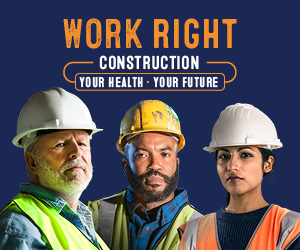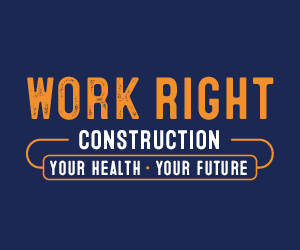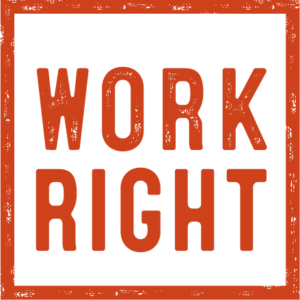
WELCOME
How much do you know about the health risks of poor moving and handling in construction?

Terminology
The term MSDs is often used to refer to injuries to muscles, bones, joints and nerves. What does MSD stand for?
Select your answer
Muscle sensation damage
Musculoskeletal disorder
Muscle section destroyed
Useful information:
Musculoskeletal (MSDs) are injuries and aches, pain and discomfort in joints, muscles and bones. These injuries can have a serious impact on workers’ ability to perform tasks; their quality of life; and in some cases, their ability to stay in work and earn a living. Many can and do suffer from long-term pain and discomfort. Workers should not have to accept these injuries and potential long-term suffering as an inevitable part of construction work. Make sure you are aware of the risks and know what to do to stay safe.

Areas affected
What parts of the body can be affected by musculoskeletal disorders?
Select all that apply
Joints
Bones
Muscles
Spine
Head
Useful information:
Employers are required to provide their employees with health and safety information and training, including specific information and training on manual handling injury risks and their prevention to enable them to work safely. And construction workers need to recognise the long-term health risks when moving and handling materials on site.

Scale of the problem
How many construction workers are estimated to suffer from work-related musculoskeletal disorder?
Select your answer
10,000 workers
30,000 workers
40,000 workers
Useful information:
There were an estimated 40,000 work-related cases of musculoskeletal disorder (new or long-standing). Source: Labour Force Survey, estimated annual average 2018/19-2020/21

MSDs in construction
What percentage of all ill health reported within the construction sector was due to musculoskeletal disorders (MSDs)?
Select your answer
9%
25%
54%
Useful information:
The Labour Force Survey, estimated annual average 2018/19-2020/21 was 54% of all ill health in construction.

Main causes
Which of the tasks below are prime causes of work-related injuries and musculoskeletal disorder in construction?
Select all that apply
Manual handling
Lifting and carrying
Working in awkward or tiring position
Repetitive tasks
All of the above
Useful information:
We have task specific advice for employers and workers plus free resources to download available here: WorkRight Construction: Your health. Your future – Work Right to keep Britain safe

How to prevent MSDs
When planning moving and handling on site, which of these elements should be considered?
Select all that apply
Avoid hazardous handling where practicable
Identification of the level and likelihood of risk
Implementation of control measures such as reducing the load, substitutes, modifying the workplace or lifting equipment
Involve the workers and, if needed, provide training
All of the above
Useful information:
Free resources with advice on how to protect your workers can be found here: WorkRight Construction: Your health. Your future – employers – Work Right to keep Britain safe
Employers are required to provide their employees with health and safety information and training, including specific information and training on manual handling injury risks and their prevention to enable them to work safely. And construction workers need to recognise the long-term health risks when moving and handling materials on site.
Make sure you are aware of the risks and know what to do to stay safe.

As an employer, you must protect your workers from getting hurt or ill through work.

Workers should not have to accept these injuries and potential long-term suffering as an inevitable part of construction work.

MSDs can often be reoccurring, so it’s important to get the control measures right to protect workers’ long-term health, wellbeing and ability to remain in work.

Prevent unnecessary lifting and carrying through good design and planning. Avoid heavy materials that could cause problems and use lighter materials where possible. If lifting can not be avoided, use simple mechanical aids and make sure they are kept well maintained.
For more advice and information visit
Your Health. Your Future.



